Body
Proportions
WHAT IS THIS?
bodyproportions.com is a web application for experimenting with human body proportions.
You can choose a picture of yourself (don't worry - no pictures are sent to any servers!) and change the proportions of individual body parts.
If you want to see how a different body ratio would look on you (or if you even consider limb lengthening / leg lengthening), this might be for you.
One can lengthen and shorten upper legs (femurs) and lower legs (tibias) independently.
Tell me more about the app!
Tell me more about leg lengthening!
Change your body proportions in a few simple steps:
STEP 1: Pick an image
Pick an image of your body from front or back. Dont worry, no pictures are being sent to any servers.
STEP 2: Measure Head
Tell the app where the top of your head is, by clicking and dragging the marker line vertically.
STEP 3: Measure Feet
Now do the same with the lower end of your body, meaning, tell the app where your feet end.
STEP 4: Set Body Height
Now tell the app how tall you are.
Hint:
you can switch between metric and imperials units (centimeters vs. feet and inches) in the footer.
STEP 5: Define ranges
Now comes the fun part.
Split your body into up to 4 vertically stacked segments/areas by clicking and/or dragging with your mouse or finger.
Keep in mind that you will be able to change the sizes of those individual segments afterwards, so split them accordingly.
A minimum of 2 segments is required to continue.
STEP 6: Scale
Finally, the endspurt.
Scale the individual parts of your body picture as you like.
ABOUT US
We are a small team of developers who love experimenting with web app technologies, especially focused on css property optimization (image placement with varying screen sizes, etc.), and this is one of our experiments - which was initially started for fun.
Maybe you will find this tool helpful.
If you have something to say to us you can check out our contact information here.
CONTACT
If you have questions about the app, about collaboration, placing your ads, bug reports, feature suggestions, etc. drop us a line at![]()
Thank you very much!
PRIVACY POLICY
Last Updated: 13.10.2024
1. Information We Collect
We may collect and process the following types of information:
1.1 Non-Personal Information
- Browser type and version
- Device information
- Cookies and tracking technologies
1.2 Usage Data
- Pages visited
- Time spent on the app
- Actions performed within the app
2. How We Use Your Information
We use the information we collect for the following purposes:
- To provide, operate, and maintain our services.
- To improve user experience and functionality.
- To enforce our terms and conditions.
3. Sharing Your Information
We do not sell your personal information to third parties. However, we may share your information with:
- Service providers: Who assist in delivering our services (e.g., payment processors, analytics providers).
- Law enforcement or regulatory authorities: If required by law.
- Third parties: In connection with a merger, acquisition, or sale of assets.
4. Cookies and Tracking Technologies
We currently use no cookies and similar technologies for tracking.
5. Data Security
We implement reasonable administrative, technical, and physical safeguards to protect your data. However, no security system is impenetrable, and we cannot guarantee the absolute security of your data.
6. Third-Party Links
Our app may contain links to third-party websites. We are not responsible for the privacy practices of those websites. Please review their privacy policies before sharing your information.
7. Children's Privacy
Our services are not directed to individuals under the age of 13 (or the applicable age of consent). We do not knowingly collect data from children.
8. Changes to This Privacy Policy
We may update this Privacy Policy from time to time. Any changes will be posted on this page with an updated “Last Updated” date. We encourage you to review this policy periodically.
9. Contact Us
If you have questions or concerns about this Privacy Policy, please contact us at:
TERMS AND CONDITIONS
Last Updated: 13.10.2024
1. Acceptance of Terms
By accessing or using bodyproportions.com (“the Service”), you agree to be bound by these Terms & Conditions (“Terms”). If you do not agree, do not use the Service.
2. Changes to Terms
We may update these Terms at any time. Changes will be posted on this page, and continued use of the Service constitutes acceptance of the revised Terms.
3. Use of the Service
You agree to use the Service only for lawful purposes and in compliance with all applicable laws. Prohibited activities include:
- Harming or attempting to harm minors in any way.
- Impersonating another person or entity.
- Uploading malicious software or code.
4. Intellectual Property
All content and materials on the Service, including logos, designs, and text, are the intellectual property of bodyproportions.com. Unauthorized use is prohibited.
5. Limitation of Liability
We are not liable for any indirect, incidental, or consequential damages arising from your use of the Service.
6. Termination
We reserve the right to suspend or terminate your access to the Service if you violate these Terms.
7. Contact Us
If you have questions about these Terms, please contact us at:
Theory about body ratios and attractiveness
If you are considering limb or leg lengthening it might be interesting for you to know about existing studies that look into the details of changing a human body's ratio and its effect on perceived attractiveness.
Two examples can be found below:
https://royal[...]sos.171790
https://www.scie[...]Dihub
We collected some general thoughts on related topics:
Thoughts on Leg Lengthening / Limb Lengthening
Thoughts on Human Body Proportions
The three ratios worth considering are:
(1) Inter-Limb Ratio (IR)
(2) Arm-to-Body Ratio (ABR)
(3) Leg-to-Body Ratio (LBR)
Please bare in mind that we don't guarantee correctness of anything stated on our website. Make sure to take everything with a grain of salt and continue researching via other resources.
(1) Inter-Limb Ratio (IR)
As the name already suggests this ratio describes the relation of femur and tibia lengths.

It can be calculated by dividing the tibia bone length by the length of the femur bone.
Inter-Limb Ratio (IR) = Tibia Bone Length / Femur Bone Length
However, bare in mind that - for achieving proper results - you should have precise measurements done by experts like doctors, otherwise you run the risk of introducing calculation mistakes.
Sources and studies claim that this ratio is not very relevant to body attractiveness, as long as the value is not too far off compared to average values.
Average values usually are close to 0.8±0.03.
(2) Arm-to-Body Ratio (ABR)
This ratio describes the relation of body height and arm length ("wingspan").

It can be calculated by dividing the arm span length by the body height.
Arm-to-Body Ratio (ABR) = Arm Span / Body Length
Compared to measuring femurs or tibias this result can be calculated more precisely on your own - however, getting both the body height as well as the wingspan measured by a second person might lead to more reliable results than measuring it on your own.
Sources and studies claim that this ratio is more relevant to body attractiveness.
Average values usually are close to 1.0±0.02.
Note that there can be quite some variation among the human population (see certain professional athletes for example).
(3) Leg-to-Body Ratio (LBR)
As the name already suggests this ratio describes the relation of leg length vs. total body height.

It can be calculated by dividing the leg length by the length of the body height.
Leg-to-Body Ratio (LBR) = Leg Length / Body Height
Sources and studies claim that this ratio is the most important when it comes to body attractiveness.
A related ratio is often calculated by people instead, where the sitting height and total body height are being compared.
For the LBR usual values are close to 0.5±0.03.
Interestingly, for both genders, being on the upper end of the average range usually is rated as more attractive. As soon as that range is exceeded, attractiveness slowly sinks again. This latter rule is more strict for men, than women - on average.
Understanding Human Body Proportions
Attractiveness, Athleticism, and More
Human body proportions have been a fascinating topic of study across multiple fields, including anatomy, biomechanics, psychology, and even art. From the idealized images seen in classical sculptures to modern perceptions of physical fitness, the relationship between body proportions and overall appearance has been linked to various attributes like attractiveness, agility, and health.
The Role of Proportions in Physical Attractiveness
One of the primary aspects of human aesthetics is how different body parts are proportioned relative to each other. Symmetry and the "Golden Ratio" are often cited as essential factors in what we perceive as beautiful or well-proportioned. For instance, leg length relative to torso length can influence perceived height and silhouette. A longer leg-to-body ratio is often associated with elegance and attractiveness, while shorter legs and a longer torso can give a more compact appearance.
Concepts like shoulder-to-waist ratio (particularly important for men) and waist-to-hip ratio (more relevant for women) have been shown to significantly affect perceptions of beauty. In addition, proportions influence the appearance of balance and symmetry. For example, the waist-to-hip ratio (WHR) is a classic indicator of femininity and health, with an ideal ratio of around 0.7 being linked to higher attractiveness ratings.
Proportions and Athletic Performance
Beyond aesthetics, body proportions can also affect athletic performance. For example, sprinters typically have longer legs relative to their torso, enabling a longer stride and faster running speeds. Conversely, swimmers often have a longer torso, which increases buoyancy and helps maintain a streamlined shape in the water.
Arm length relative to total body height plays a critical role in sports such as basketball and boxing, where reach can provide a tactical advantage. Meanwhile, gymnasts tend to have shorter limbs, providing them with a lower center of gravity, which is ideal for complex acrobatic movements.
The Science of Human Proportions
Scientists and anthropologists have studied human proportions for centuries, starting from Leonardo da Vinci’s Vitruvian Man to modern 3D body scanning technologies. Terms like the “Craniofacial Ratio” (head-to-face size) and “Limb Length Ratio” (the proportion of limbs to total body height) are used to categorize body types and analyze their impact on both functional capabilities and social perceptions.
Body Proportions and Clothing Fit
Body proportions also play a significant role in fashion and clothing design. Understanding torso length, leg length, arm span, and shoulder width is essential for creating garments that fit well and enhance the wearer's natural silhouette.
How to Change Your Proportions: The Role of Exercise and Posture
While the skeletal structure cannot be easily altered, certain physical activities can affect the perception of body proportions. Strength training, for instance, can broaden the shoulders, creating a more V-shaped upper body, while lower-body workouts can enhance the appearance of longer legs. Improving posture can also make a dramatic difference in how proportions are perceived.
Body Proportion Myths and Misconceptions
Many misconceptions surround the “ideal” body proportions, often influenced by cultural standards or media portrayals. It’s important to recognize that body types vary widely, and what is considered attractive or athletic in one context may not hold true in another.
Conclusion
Understanding human body proportions is more than just a matter of aesthetics—it's a complex interplay of biology, fitness, and even psychology. Analyzing body proportions offers fascinating insights into the human form and can help optimize personal fitness goals, clothing choices, and even sports performance.
Thoughts on Leg Lengthening / Limb Lengthening
Medical and Aesthetic Applications
Leg and limb lengthening is a surgical procedure that has gained popularity not only for correcting medical conditions but also for its aesthetic applications. While initially developed to address limb length discrepancies and deformities, advancements in orthopedic surgery have made it a sought-after option for individuals seeking to increase their height for aesthetic purposes.
The History and Evolution of Limb Lengthening Surgery
Limb lengthening surgery was first pioneered in the 1950s by Dr. Gavriil Ilizarov, a Soviet orthopedic surgeon, who developed theIlizarov method using an external fixation device to gradually lengthen bones. Today, this method has been refined through modern technologies such as intramedullary nails andadjustable fixation devices, making the process more efficient and less prone to complications.
Medical Reasons for Limb Lengthening
Medically, limb lengthening is used to treat conditions such as:
- Leg Length Discrepancy (LLD): A condition where one leg is shorter than the other, leading to functional and mobility issues.
- Dwarfism and Skeletal Dysplasia: Increasing height in patients with achondroplasia and other forms of dwarfism.
- Post-Traumatic Bone Deformities: Correcting bone damage resulting from accidents or severe fractures.
Limb Lengthening for Height Increase: The Aesthetic Appeal
In recent years, limb lengthening has gained traction for its cosmetic applications, with a growing number of individuals seeking to undergo the procedure to increase their height. Cosmetic limb lengthening typically involves lengthening the femur (thigh bone) or tibia (shin bone), with results that can add up to 2-6 inches in height.
Techniques and Devices Used in Limb Lengthening
There are several modern limb lengthening techniques and devices used today, such as:
- External Fixators: Traditional Ilizarov apparatus and Taylor Spatial Frame.
- Internal Lengthening Nails: Devices like thePrecice nail or Fitbone implanted inside the bone.
- Combination Methods (LON): The Lengthening Over Nail technique combines both external and internal devices.
Risks and Considerations
Limb lengthening is a major surgical procedure that carries potential risks, including:
- Bone Malunion or Nonunion
- Infections
- Nerve and Muscle Tightness
- Joint Contractures
Recovery and Rehabilitation
The recovery phase after limb lengthening surgery is crucial and involves both physical and mental rehabilitation, such as stretching, strength training, and low-impact exercises.
Costs and Accessibility of Limb Lengthening Surgery
Limb lengthening is an expensive procedure, often ranging from $40,000 to $200,000. While insurance typically covers medical cases, elective height-increasing surgery is usually not covered.
Conclusion
Limb lengthening is a complex, multi-faceted procedure that serves both medical and aesthetic purposes. Whether it’s correcting a leg length discrepancy or enhancing height, it requires skilled surgical expertise and patient commitment.
Frequently Asked Questions
Please only send pictures of yourself. We cannot release pictures of others without having their allowance!
and tell us which features you are missing. We always have an open ear for that. We constantly try to improve our apps and make them more useful for users!